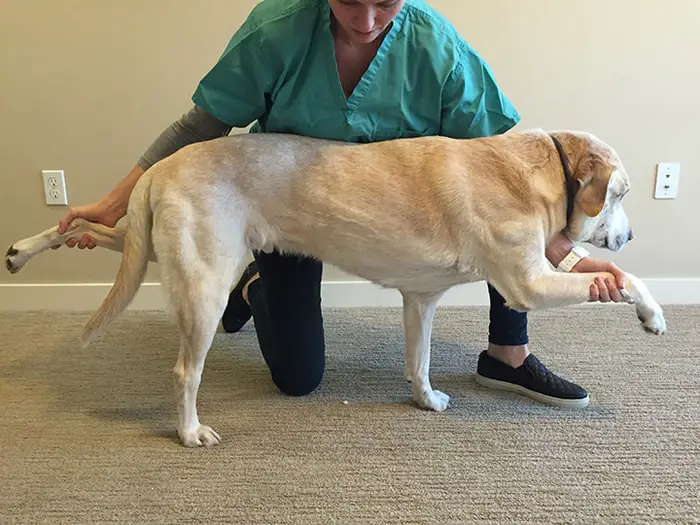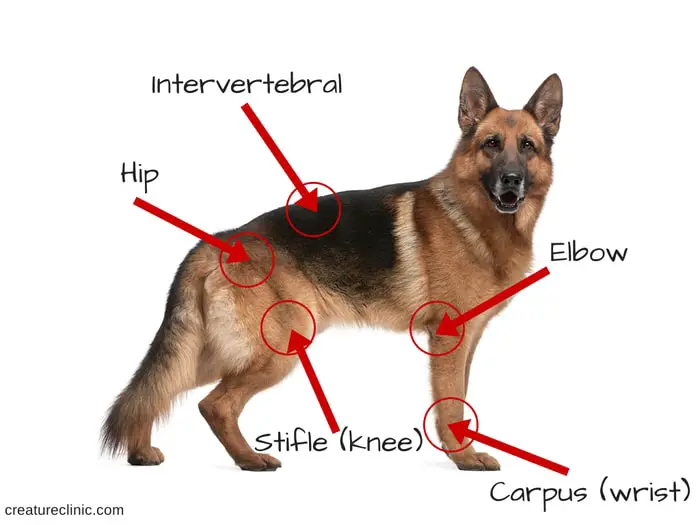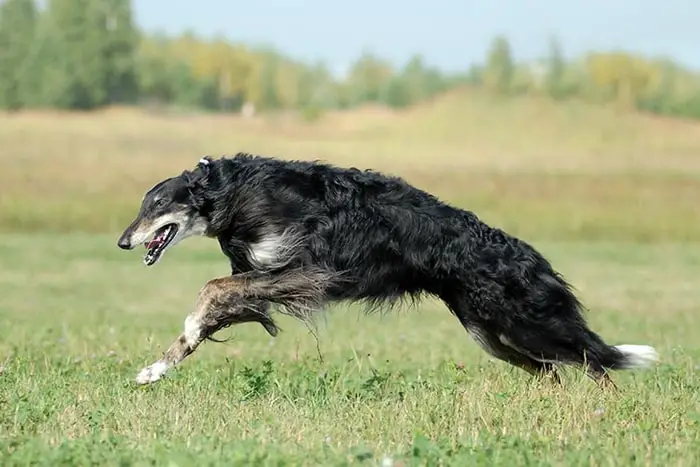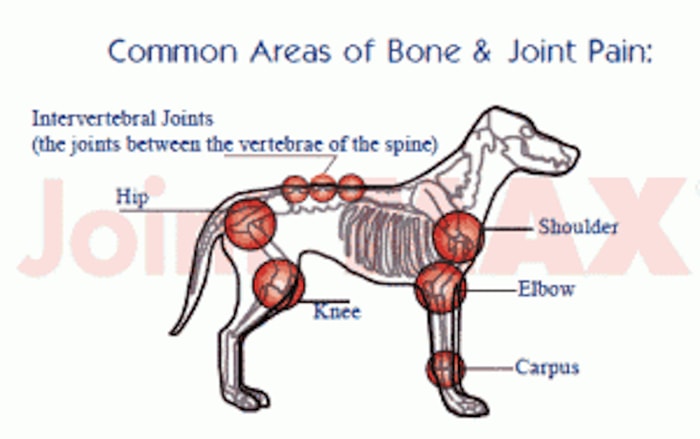Osteoarthritis in dogs is a progressive degenerative disease. The disease arises mainly from other conditions like arthritis, hip dysplasia, and elbow dysplasia. Hip and elbow joints are the most common sites of osteoarthritis (OA). The disease is seen in around 25% of dogs and is mostly irreversible. The dogs having OA lose their articular cartilage, especially the synovial joints, and causes pain, difficulty in walking, and inflammation of joints.
Importance of Osteoarthritis (OA) in Dogs
Osteoarthritis is dogs’ most crucial degenerative joint disease, affecting more than 25% of the total dog population. Canine osteoarthritis causes thickening of the joint capsule, loss of the joint capsule, formation of new bone, and ultimately causes pain and difficult gait. Early diagnosis, treatment, and management can cure the condition in your dogs.

Causes of Canine Osteoarthritis
There are mainly two types of OA in dogs; primary and secondary. The primary causes of canine osteoarthritis are unknown or iatrogenic. The causes of secondary osteoarthritis are as follows:
- Chronic arthritis in dogs.
- Hip Dysplasia.
- Elbow dysplasia.
- Direct injury of synovial joints.
- Tearing of cranial cruciate.
- Dislocation of the patella.

Risk Factors of Canine Osteoarthritis
Osteoarthritis is mainly a disease of older or aged dogs. The predisposing factors of the disease are as follows:
- Certain giant or larger dog breeds like German Shepherd, Golden Retriever, Borzoi, Bloodhound, and Labrador Retriever.
- Middle to older aged dogs.
- Obesity in dogs.
- Continuous stress from athletic activities like diving, agility, and flyball.
- Direct or indirect injury to synovial joints.
- Prior detection of hip or elbow dysplasia.
- Certain infectious diseases like Lyme disease in dogs.
- Poor conformation.
- Nutritions deficiency like calcium and phosphorus.
- Genetic causes.

Clinical Signs of Osteoarthritis in Dogs
The initial clinical manifestations of canine osteoarthritis are challenging to recognize. The most common clinical signs are:
- Inflammation of affected joints.
- Pain in gait.
- Loss of articular cartilage.
- Lethargic dog.
- Lack of desire to jump or run.
- Progressive weight gain in dogs.
- Changes in dog behavior, aggressive or loss of condition.
- Abnormal gait and posture.

Diagnosis of Canine Osteoarthritis
If you identify any of the above clinical signs in your dog, please contact the veterinarian immediately. The vet will diagnose the condition in the following ways:
- Clinical history of secondary diseases.
- Presence of risk factors in your dogs.
- Palpation of the affected joint.
- Radiographic examination of the affected joints.
- Blood test for complete CBC.
- Culturing of the organism from synovial fluid.
- MRI and CT scans can diagnose the condition of tissue damage.

Treatment of Osteoarthritis in Dogs
Osteoarthritis is a chronic progressive disease with a significantly less chance of recovery. The general line of treatment of OA in dogs is:
- If the cause is infectious, use a broad-spectrum antibiotic.
- NSAIDs can be used to reduce pain and inflammation.
- Joint supplements.
- You can use steroids like methylprednisolone.

Prevention of Osteoarthritis in Dogs
The dog affected with osteoarthritis can not be cured completely. The only way to prevent and manage in proper modes. The preventive measures are as follows:
- Regular exercise.
- Provide a healthy and balanced diet to dogs.
- Physiotherapy for joint pain relief.
- Maintain a balanced body weight in your dogs.
- Joint supplements with Omega-3 fatty acids.
Take Away Message on Canine Osteoarthritis
Osteoarthritis is a common disease in older and middle-aged dogs. The condition can not be cured fully by treatment. The disease can be prevented by taking adequate prevention measures and reducing the risk factors. In my article, I have highlighted most of the points about heartbreaking disease.